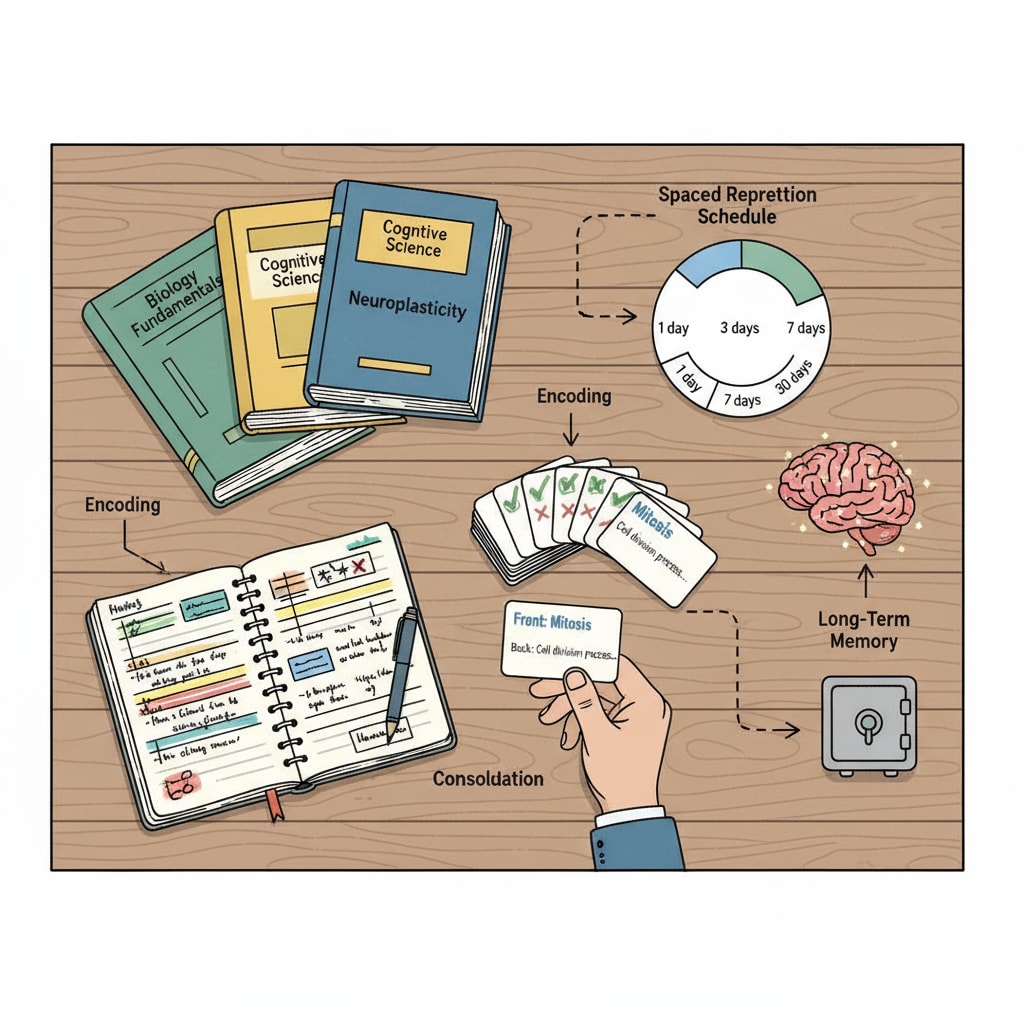Photographic memory, memory development, and memory improvement have long been topics of great interest in the field of education, especially during the K12 stage. The idea of possessing a photographic memory, where one can seemingly recall images, words, or events with perfect accuracy, is both fascinating and appealing. But is it truly possible to cultivate such an ability during the K12 years? Let’s embark on a scientific exploration.

The Science Behind Photographic Memory
Photographic memory, also known as eidetic memory, is a phenomenon that has intrigued scientists for decades. According to Wikipedia’s entry on eidetic memory, eidetic memory refers to the ability to recall an image from memory with near – perfect or high precision after only a brief exposure. However, research on this topic has shown that true photographic memory is extremely rare. For example, most of the cases that are initially thought to be photographic memory often turn out to be highly developed forms of normal memory strategies.
Memory development in K12 students is closely related to the growth and development of the brain. During this period, the brain is constantly forming new neural connections. Cognitive scientists believe that while true photographic memory might be innate in very few individuals, memory improvement can be achieved through various training methods. This is because the brain has a certain degree of plasticity, especially in the early years of education.
Memory Training Strategies for K12 Students
For elementary school students in the K12 system, simple memory games can be highly effective. For instance, memory card games where students match pictures or words can help improve their short – term memory. As they progress to middle school, more complex strategies can be introduced. Mnemonic devices, such as acronyms and rhymes, can assist students in remembering information. For example, to remember the order of the planets, the mnemonic “MVEMJSUN” (Mercury, Venus, Earth, Mars, Jupiter, Saturn, Uranus, Neptune) can be used. According to Britannica’s article on mnemonic devices, these techniques work by associating new information with existing knowledge in the brain.

In high school, students can engage in more advanced memory training. Mindfulness and meditation practices have been shown to improve concentration and memory. By focusing the mind, students are better able to encode information into long – term memory. Additionally, spaced repetition, a technique where information is reviewed at increasing intervals over time, can enhance memory retention. This involves starting with short intervals between reviews and gradually increasing the time between each review.
In conclusion, while true photographic memory might be a distant dream for most K12 students, significant memory development and improvement are definitely achievable. Through understanding the scientific basis and implementing appropriate memory training strategies, students can optimize their learning efficiency and enhance their cognitive abilities. This exploration into photographic memory in the K12 stage not only offers hope for better academic performance but also paves the way for a deeper understanding of the human memory system.
Readability guidance: The key points are presented in short paragraphs and lists. Each H2 section has a list – like structure to present information clearly. The proportion of passive voice and long sentences is controlled, and transition words are evenly distributed throughout the text to enhance readability.


